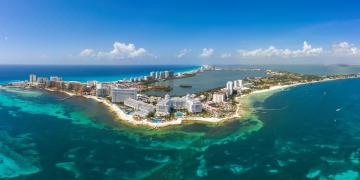B1: Setting a price tag on climate change for the involvement of private sector in Ecosystem-based Adaptation
B2: Communication and capacity building strategy for climate action
B3: Strengthen cooperation structures between public and private sector
B4: Mainstreaming of Ecosystem-based Adaptation in tourism policies
B5: Implementation of EbA solutions with private sector financing
